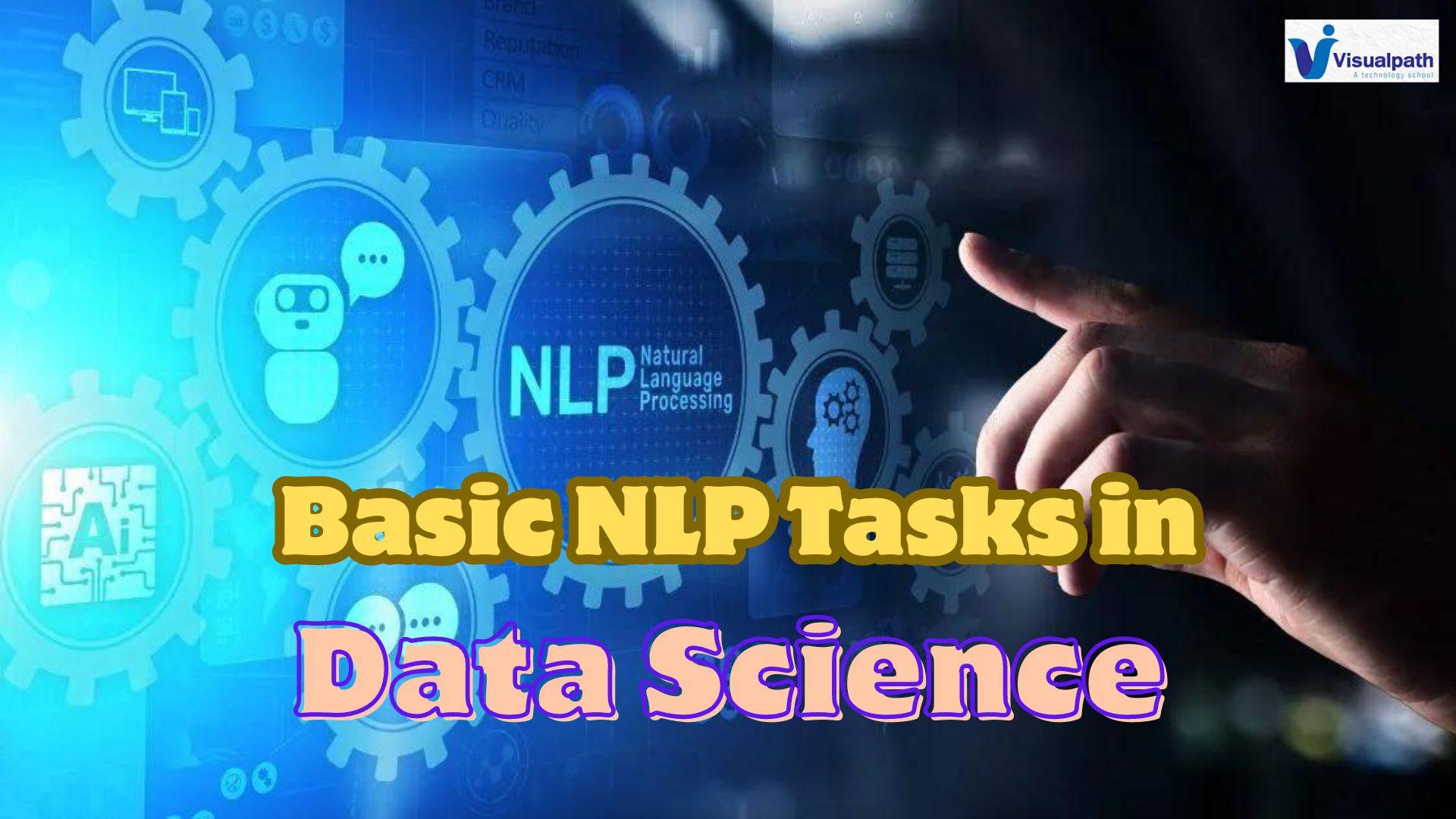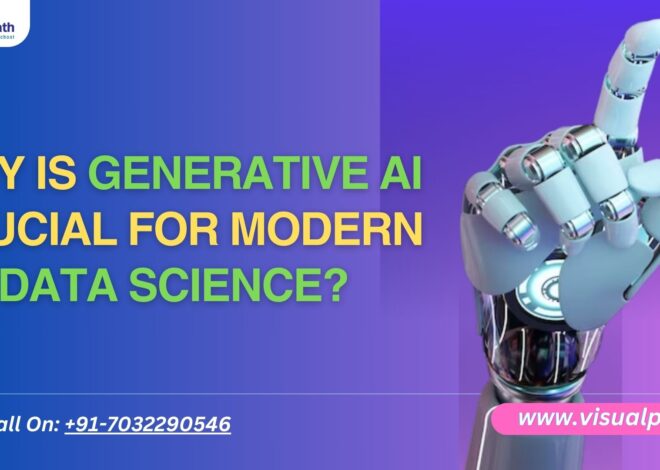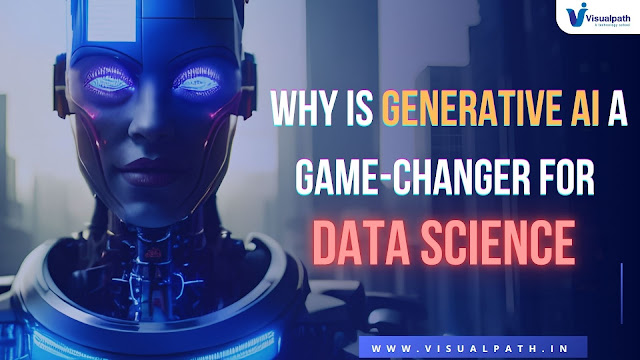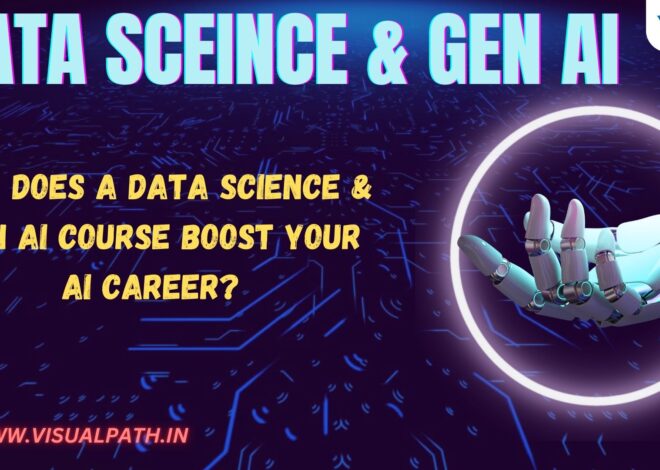Natural Language Processing (NLP) is a pivotal subfield of data science that focuses on the interaction between computers and human language. By leveraging NLP, data scientists can transform unstructured text data into valuable insights and actionable intelligence. Here are some of the fundamental NLP tasks commonly used in data science: Generative AI (GenAI) Courses Online
1. Tokenization
Tokenization is the process of breaking down text into smaller units called tokens, which can be words, phrases, or even characters. This is a crucial step for further text analysis. For instance, the sentence “Data science is amazing” would be tokenized into [“Data”, “science”, “is”, “amazing”].
2. Part-of-Speech Tagging (POS Tagging)
POS tagging involves assigning parts of speech to each word in a sentence, such as nouns, verbs, adjectives, etc. This helps in understanding the grammatical structure and meaning of the text. For example, in the sentence “The cat sat on the mat,” POS tagging would identify “The” as a determiner, “cat” as a noun, and “sat” as a verb. DataScience with Generative AI Course
3. Named Entity Recognition (NER)
NER is used to identify and classify named entities in text into predefined categories such as names of persons, organizations, locations, dates, etc. For example, in the sentence “Google was founded by Larry Page and Sergey Brin,” NER would classify “Google” as an organization and “Larry Page” and “Sergey Brin” as persons. Gen AI Course in Hyderabad
4. Sentiment Analysis
Sentiment analysis determines the sentiment expressed in a piece of text, which can be positive, negative, or neutral. This is widely used in social media monitoring, customer feedback analysis, and market research. For instance, the review “The product is fantastic” would be classified as positive sentiment. Gen AI Training in Hyderabad
5. Text Classification
Text classification involves categorizing text into predefined categories. This can include spam detection in emails, topic labeling, and document classification. For instance, classifying emails into categories like “work,” “personal,” or “promotions.” DataScience Course in Hyderabad
6. Machine Translation
Machine translation translates text from one language to another. This is used by applications like Google Translate to convert text accurately while preserving its meaning.
7. Topic Modeling
Topic modeling is a method for discovering abstract topics within a collection of documents. It helps in understanding the main themes or topics present in a large set of texts. Techniques like Latent Dirichlet Allocation (LDA) are commonly used for this purpose. AI and ML Training in Hyderabad
8. Text Summarization
Text summarization automatically generates a concise summary of a longer text document. This can be useful for quickly understanding large volumes of text data. There are two main types of summarization: extractive, which selects key sentences from the text, and abstractive, which generates new sentences that convey the main ideas.
Conclusion
Basic NLP tasks are essential for transforming raw text data into structured information that can be analyzed and used for various data science applications. By mastering these tasks, data scientists can unlock the potential of textual data, enabling better decision-making and insights across different domains. With advancements in NLP technologies and tools, such as TensorFlow, PyTorch, and spaCy, the implementation of these tasks has become more efficient and accessible.
Visualpath is the Leading and Best Software Online Training Institute in Hyderabad. Avail complete DataScience institute in Hyderabad Worldwide. You will get the best course at an affordable cost.
Attend Free Demo
Call on – +91-9989971070
WhatsApp: https://www.whatsapp.com/catalog/919989971070
Visit https://visualpath.in/data-science-with-generative-ai-online-training.html




